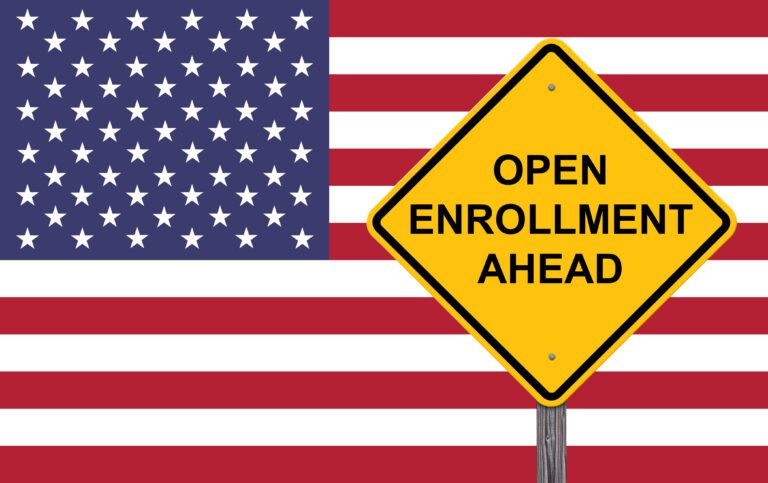
Not happy with your Medicare plan? Now’s the time to switch.
Not happy with your Medicare health plan or prescription drug coverage? Now’s the time to do something about it. Medicare’s open enrollment period, when individuals can make changes to their Medicare health plans and prescription drug coverage to better meet their needs for next year, opens Oct. 15 and runs through Dec. 7.
Coverage in the new plan will start Jan. 1.
It’s important to know your options. Medicare health and drug plans can make changes each year to things like cost, coverage and what providers and pharmacies are in their networks. It’s always a good idea to compare plans in your area that best meets your needs. Make sure the plan covers your prescriptions, check with your doctor to make sure they’re in the plan’s network and review the costs like monthly premiums and deductibles.
Here’s just a few of the health insurance terminologies discussed in the Medicare community:
Part A: Part A, also known as hospital insurance, is the part of Medicare that covers most medically necessary hospital inpatient care, skilled nursing facility (SNF) care, home health care, and hospice care.
Part B: Part B, also known as medical insurance, is the part of Medicare that covers most medically necessary doctors’ services, preventive care, hospital outpatient care, durable medical equipment (DME), laboratory tests, x-rays, mental health services, and some home health care and ambulance services.
Part C: Medicare Advantage, also known as Part C, Medicare Private Health Plan, or Medicare Managed Care Plan, allows you to get Medicare coverage from a private health plan that contracts with the federal government. All Medicare Advantage Plans must offer at least the same benefits as Original Medicare (Part A and Part B), but can do so with different rules, costs, and coverage restrictions. Plans typically offer Part D drug coverage as part of Medicare Advantage benefits. Medicare Advantage Plans include Health Maintenance Organizations (HMOs), Preferred Provider Organizations (PPOs), Private Fee-for-Service (PFFS) plans, Special Needs Plans (SNPs), and Medicare Medical Savings Accounts (MSAs).
Part D: Part D, also known as the Medicare prescription drug benefit, is the part of Medicare that provides prescription drug coverage. Part D is offered through private companies either as a stand-alone plan, for those enrolled in Original Medicare, or as a set of benefits included with a Medicare Advantage Plan.
Premium: A premium is an individual’s monthly payment to a Medicare or other health insurance plan for coverage.
Deductible: The deductible is the amount you must pay for health care expenses before your health insurance begins to pay. Deductible amounts can change every year.
Copayment: A copayment, also known as a copay, is a set amount you are required to pay for each medical service you receive (like $35 for a doctor’s visit).
Drug formulary: The formulary is the list of prescription drugs covered by a Part D plan or Medicare Advantage Plan. If your drug is not on the formulary, you may have to request an exception, file an appeal, or pay out of pocket.
It’s easy to see why, though not required, working with a trusted agent or broker can take much of the stress out of the decision. Licensed insurance agent Toni Stanaland of Stanaland Insurance Services, has been helping seniors evaluate and choose the best plans for their needs for more than 15 years. Her services are free. “Most people are looking for somebody who’s honest and can help them and we do that,” she said. “We help consumers make educated and informed decisions about their Medicare options.”
For more information about Medicare visit medicare.gov or call Stanaland at (813) 765-6187.
